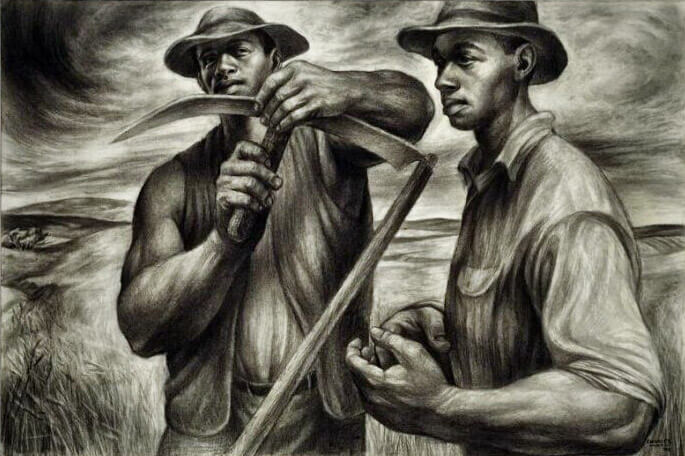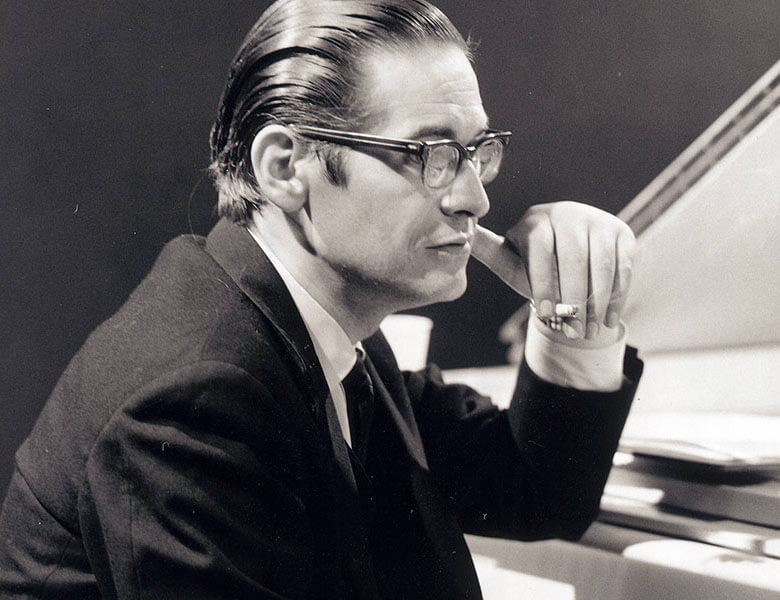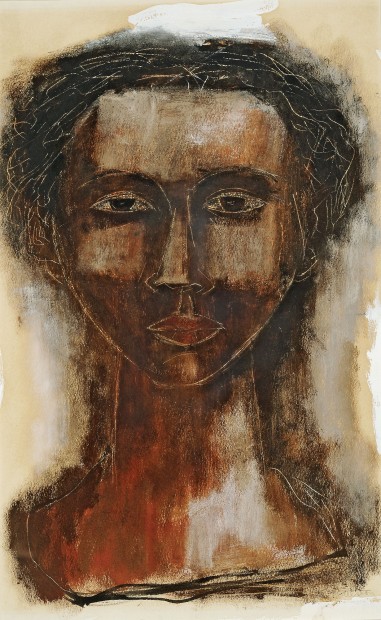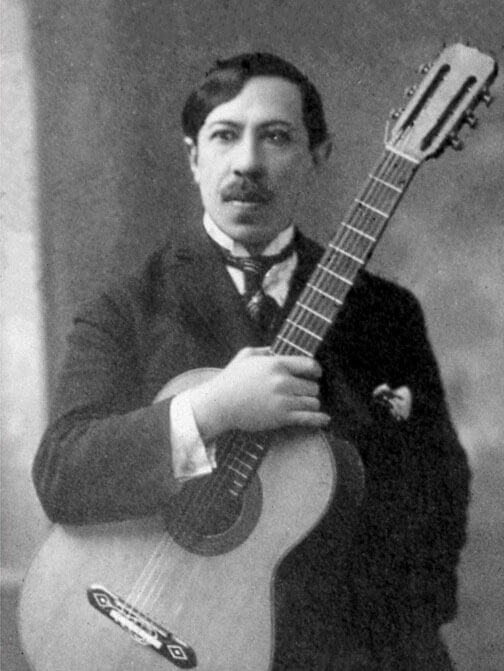Inspiration
What does it mean to be inspired? According to the Oxford English Dictionary, it’s the process of being mentally stimulated to do or feel something. This is especially notable when we are attempting to be creative.
For the working creative, the luxury of waiting for that big idea is something that we can rarely depend on. We have to put ourselves in the position of always being turned on. Or, maybe that’s what some folks think happens. I believe as visual artists, we live on the side of motivation rather than inspiration. Meaning, we actually have to constantly think by doing.
In order for us to do, at times we have to find our way through the accomplishments of others. Solving a problem is easier when we look at great work that has been done before us. It’s almost spiritual. The reason art and creativity are fascinating, it’s because it gives us a little peak into what it’s like to be human. Whether it’s art, music, film or theater, creativity touches the very part of our humanity that enables us to come together.
I am a fan of Social Realism. My motivation comes from events and icons of the 20th century. If one wishes to learn how we navigate today’s issues, we can visit the 1900s. It’s all happened before. War, disease, famine, mother nature, brutal regimes, crime, racism, greed, etc. Through it all, I’ve seen parallels with what we experience today. Because of social media, those events are more front and center than ever.
My work will, at times, visit those parallels. My influences are many, but I enjoy the art and music of the 20th century. Call it nostalgic, if you will. Artists such as Charles White, Ben Shahn, Diego Rivera, Thomas Hart Benton and Charles Alston. Also, designers and illustrators such as A.M. Cassandre, Milton Glaser and Norman Rockwell.
Technology today makes the 20th century look like the Dark Ages. They would be correct, but I would argue that all of the above issues remain and haven’t been fixed by technology. I wouldn’t call the 20th century a simpler time, just an earlier time. Through it all, art is still a reflection of the times. Visual historical records can be both beautiful and emotionally satisfying. No one can make you like anything. That is our freedom. However, you may learn something if you pursue creativity with an open mind. That is our freedom too.

Charles White
Charles White is recognized for the richness of his graphic work and his paintings, which typically depict aspects of the history, culture, and life of African Americans. A native of Chicago, White attended the School of the Art Institute, the Art Students League of New York, and later the Taller de Gráfica Popular in Mexico. Beginning in 1939, he was employed by the Federal Art Project of the Works Progress Administration. Read more about him here.

Milton Glaser
Milton Glaser, American graphic designer, illustrator, and cofounder of the revolutionary Pushpin Studio. Drawing upon various influences, Glaser and the Pushpin artists forged an innovative conceptual approach to graphic design, often using simplified images that functioned as signs and symbols.

Norman Rockwell
Norman Percevel Rockwell was an American painter and illustrator. His works have a broad popular appeal in the United States for their reflection of the country’s culture. Rockwell is most famous for the cover illustrations of everyday life he created for The Saturday Evening Post magazine over nearly five decades.

Bill Evans
American jazz pianist known for lush harmonies and lyrical improvisation, one of the most influential pianists of his time.

Ben Shahn

A.M. Cassandre
Cassandre, the pseudonym of Adolphe Jean-Marie Mouron (24 January 1901 – 17 June 1968), was a French painter, commercial poster artist, and typeface designer.

Charles Ashton

John Coltrane
American jazz saxophonist, bandleader, and composer, an iconic figure of 20th-century jazz.

Miles Davis
American jazz trumpeter, bandleader, and composer. He is among the most influential and acclaimed figures in the history of jazz and 20th-century music. Davis adopted a variety of musical directions in a roughly five-decade career that kept him at the forefront of many major stylistic developments in jazz. Wilkipedia

Thomas Hart Benton
Thomas Hart Benton was an American painter, muralist, and printmaker. H

Diego Rivera
Diego Rivera had a profound effect on the international art world. Among his many contributions, Rivera is credited with the reintroduction of fresco painting into modern art and architecture. His radical political views and tempestuous romance with the painter Frieda Kahlo were then, and remain today, a source of public intrigue. Learn more about the artist here.

Elizabeth Catlett
Elizabeth Catlett was born at Freedmen’s Hospital in Washington, DC. Both her maternal and paternal grandparents were born enslaved, a family legacy that influenced her art. Catlett knew from a young age that she wanted to be an artist. After Carnegie Mellon rescinded her acceptance due to her race, she attended Howard University, graduating in 1935 with a BS in Art.

Augustine Barrios
Agustín Barrios Mangoré was a Paraguayan classical guitarist and composer who dedicated his life to music and writing poems. He composed more than 300 songs for which he would first write the lyrics and then the guitar accompaniment.
Barrios was famed for his phenomenal performances, both live and on gramophone recordings. His works were largely late-Romantic in character. Many of them are also adaptations of, or are influenced by, South American and Central American folk music. Very many of them are of a virtuosic nature. Philadelphia Chamber Music Society
